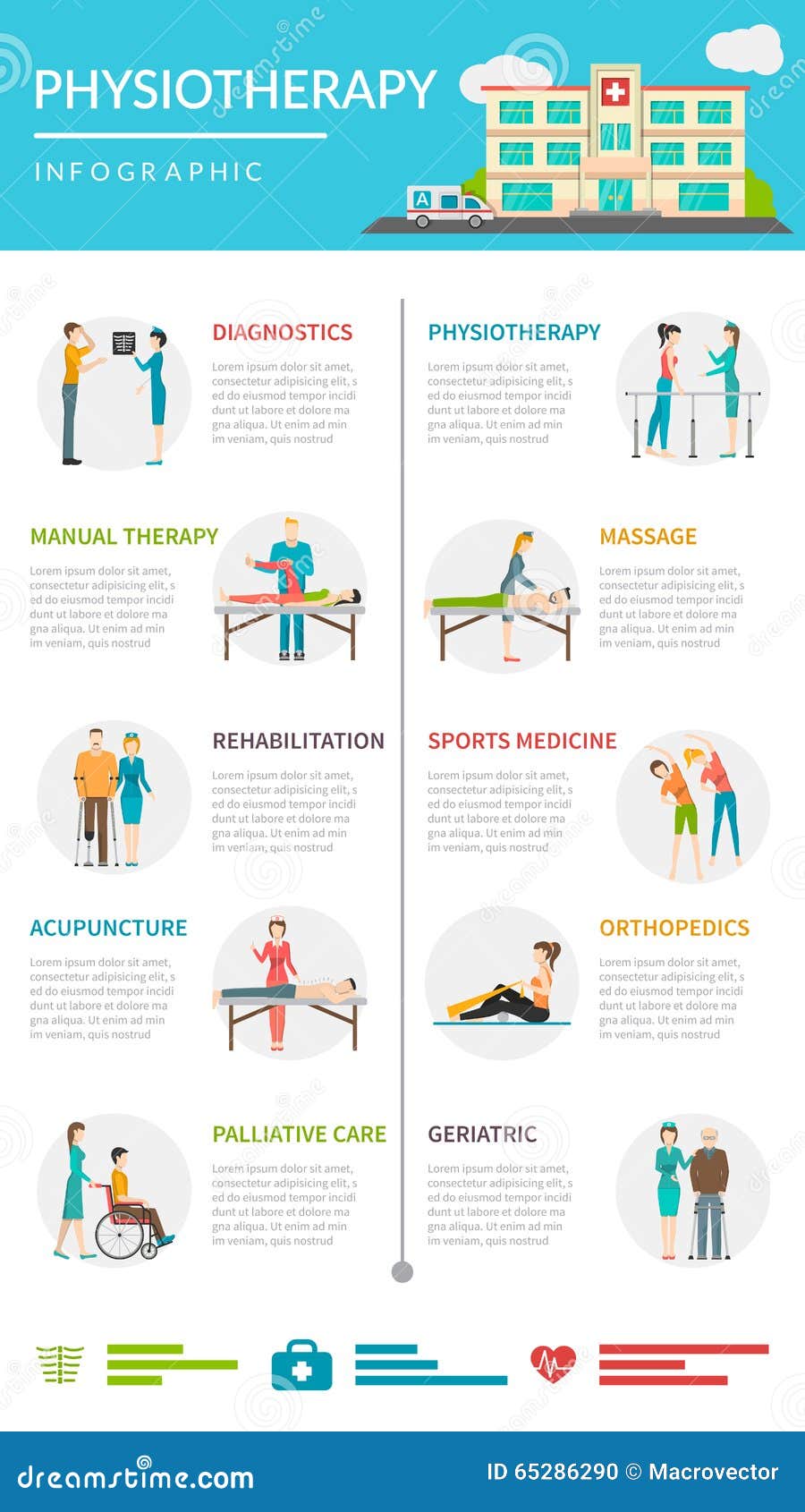Usual Daily Routines That Trigger Back Pain And Tips For Preventing Them
Usual Daily Routines That Trigger Back Pain And Tips For Preventing Them
Blog Article
Team Author-Briggs Baxter
Keeping correct stance and preventing usual pitfalls in daily activities can significantly impact your back health. From just how you rest at your workdesk to just how you lift heavy things, tiny changes can make a big difference. Envision a day without the nagging pain in the back that prevents your every relocation; the service might be simpler than you think. By making a few tweaks to your everyday habits, you could be on your means to a pain-free presence.
Poor Posture and Sedentary Way Of Living
Poor stance and a less active way of living are 2 significant factors to pain in the back. When you slouch or hunch over while resting or standing, you put unneeded pressure on your back muscles and back. This can cause muscular tissue inequalities, stress, and ultimately, chronic back pain. Additionally, sitting for extended periods without breaks or exercise can deteriorate your back muscle mass and result in rigidity and discomfort.
To combat bad posture, make a mindful initiative to sit and stand right with your shoulders back and lined up with your ears. Remember to keep your feet level on the ground and stay clear of crossing your legs for extensive periods.
Integrating aggressive chiropractic adjustment near me stretching and strengthening workouts right into your day-to-day routine can likewise aid boost your posture and relieve neck and back pain associated with a sedentary way of life.
Incorrect Training Techniques
Incorrect training techniques can substantially add to neck and back pain and injuries. When you lift heavy objects, keep in mind to flex your knees and utilize your legs to raise, instead of relying upon your back muscular tissues. Prevent turning your body while lifting and keep the things near to your body to reduce pressure on your back. It's essential to maintain a straight back and prevent rounding your shoulders while raising to stop unnecessary pressure on your spine.
Constantly analyze the weight of the things before raising it. If it's also heavy, request aid or use equipment like a dolly or cart to deliver it securely.
Remember to take breaks throughout raising jobs to give your back muscular tissues a possibility to rest and prevent overexertion. By implementing correct training strategies, you can stop pain in the back and reduce the threat of injuries, guaranteeing your back stays healthy and balanced and solid for the long term.
Lack of Regular Workout and Extending
A less active lifestyle devoid of regular workout and extending can considerably contribute to pain in the back and discomfort. When you don't take part in physical activity, your muscle mass end up being weak and stringent, resulting in poor posture and raised stress on your back. look at these guys reinforce the muscular tissues that support your back, enhancing stability and decreasing the threat of neck and back pain. Incorporating extending right into your routine can likewise boost flexibility, preventing rigidity and pain in your back muscles.
To prevent pain in the back triggered by an absence of exercise and extending, go for at least 30 minutes of moderate exercise most days of the week. Include https://www.bmj.com/content/372/bmj.m4825 that target your core muscles, as a strong core can help reduce pressure on your back.
Furthermore, take breaks to stretch and relocate throughout the day, especially if you have a desk task. Basic stretches like touching your toes or doing shoulder rolls can help ease stress and stop neck and back pain. Prioritizing regular workout and extending can go a long way in keeping a healthy and balanced back and lowering pain.
Verdict
So, remember to stay up straight, lift with your legs, and remain active to prevent pain in the back. By making simple modifications to your daily habits, you can avoid the discomfort and constraints that include pain in the back. Deal with your spine and muscles by practicing good posture, correct lifting methods, and regular exercise. Your back will certainly thank you for it!
